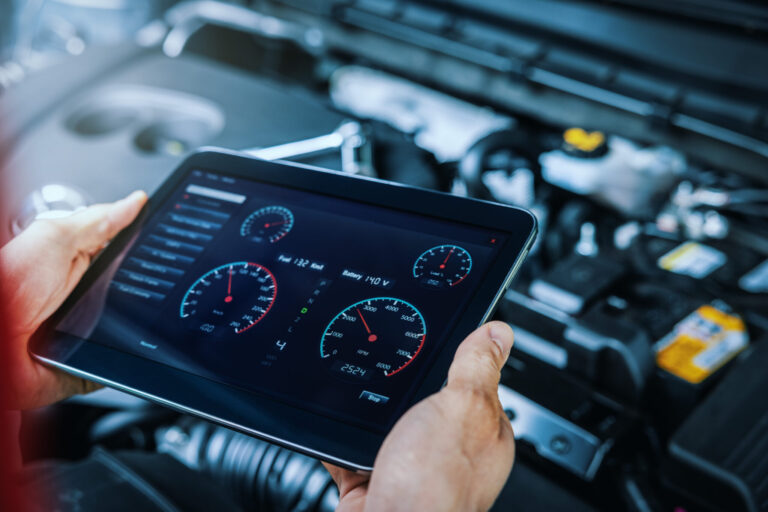The eSync Alliance and the Association for Standardization of Automation and Measuring Systems (ASAM) have announced a collaboration to explore over-the-air service-oriented vehicle diagnostics (SOVD).
The memorandum of understanding (MOU) will see eSync Alliance and ASAM collaborate on a technical whitepaper, which will theorize how the eSync Alliance’s specification for OTA can support remote access of ASAM’s API for diagnostics. The whitepaper will then be taken forward to develop a proof-of-concept demonstration of remote diagnostics using eSync Alliance and ASAM technology.
The standard ASAM SOVD simplifies the diagnosis of issues with modern vehicles. Normally, vehicle diagnostics has been focused on hardware faults, with limited digital communication achieved through the OBD-II port. However, as computing power increases, it’s crucial that auto makers have the tools to effectively diagnose software problems.
Developed to solve these challenges, ASAM SOVD provides a comprehensive solution to access and diagnose old and new vehicle systems. One of the key benefits of ASAM SOVD is its flexibility – it can be used for simple hardware checks to complex software updates, without needing separate tools.
The eSync OTA solution enables updates to be shared effortlessly to every part of a vehicle, as well as enabling performance and diagnostic data to be recovered.
The eSync Alliance is a non-profit trade organization that unites auto makers and Tier 1 suppliers to collaborate on creating and validating its OTA standard. Members of the eSync Alliance actively contribute to the development of the specifications, leading to system development that is faster, more reliable and more cost-effective across the entire supply chain.
Mike Gardner, executive director of the eSync Alliance, said, “The signing of this landmark MOU again demonstrates the power of standardization in driving automotive innovation forward.”
Marius Dupuis, CEO of ASAM, added, “This partnership aligns perfectly with ASAM’s goal to drive innovation through standardization, ensuring the automotive industry is prepared for the challenges of tomorrow.”


